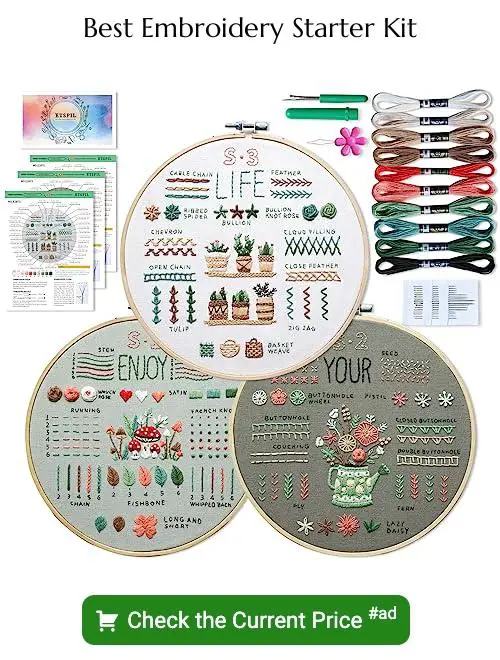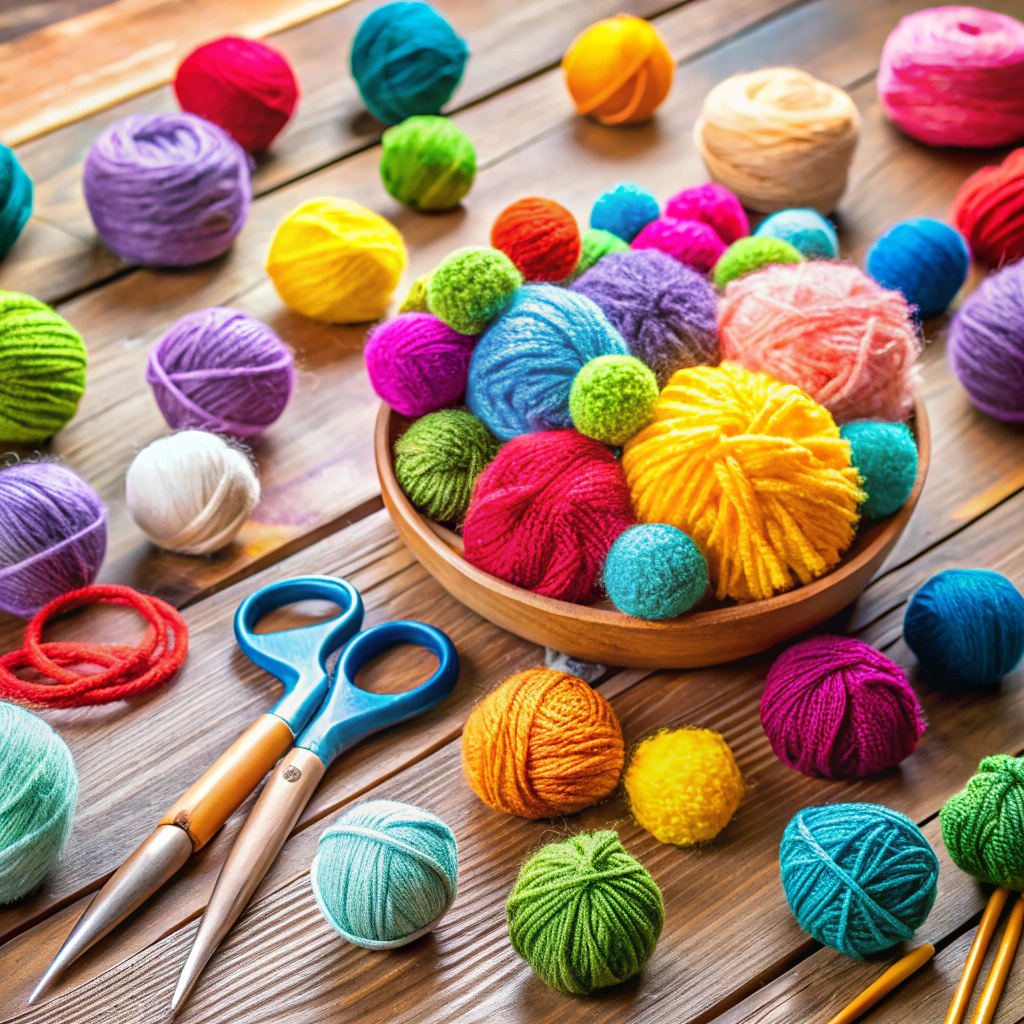Embroidering a sweater with yarn is a unique way to personalize your clothing and this article serves as a guide because it offers step-by-step instructions for mastering this skill.
Embroidering a sweater with yarn is a wonderful way to add personal flair or a touch of homemade charm to your wardrobe. This process involves selecting the right yarn, creating your design, transferring it to the sweater, and then using basic embroidery stitches to bring your design to life.
This article will guide you through each step of this process in detail, ensuring you have all the knowledge you need to successfully embroider your own sweater with yarn. Whether you’re looking to add a simple monogram or a more complex design, these instructions will provide the guidance you need.
Key takeaways:
- Consider sweater fabric, texture, color, design, and stretchability.
- Understand yarn types and embroidery stitch choices.
- Follow step-by-step instructions for embroidering a sweater.
- Explore advanced techniques like gradient colors and 3D embroidery.
- Avoid common mistakes, troubleshoot issues, and maintain your embroidered sweater.
Choosing the Right Sweater for Yarn Embroidery

Selecting an appropriate sweater for your next embroidery project involves considering several key factors. Fabric content is the first aspect to consider. Natural fibers, such as cotton or wool, are generally more accommodating to needle and thread than synthetic materials.
Next, consider the sweater’s texture. A flat, smooth fabric is typically easier to work on for beginners, but textured sweaters can provide an interesting challenge to more experienced embroiderers.
Color also plays a significant role. Light shades will allow the colors of your embroidery to pop, while on darker ones, the yarn’s color might not be as noticeable.
Think about your chosen design too. Delicate, intricate patterns may not translate well onto chunky sweaters, and larger, bold patterns may overwhelm a light, thin sweater.
Lastly, don’t forget about the sweater’s stretchability. Materials that retain their shape after stretching are ideal for embroidery.
In short, the best sweater for yarn embroidery is one that matches well with the fiber content, texture, color, design, and stretchability of your choice.
Understanding the Basics of Embroidery and Yarn Selection

To successfully embroider a sweater, understanding the types and textures of both yarn and embroidery stitches is crucial.
Yarn is available in various fibers including wool, acrylic, and cotton. Each choice serves a function and influences the overall appearance of your design. Wool yarn, for instance, is praised for its durability and warmth, making it optimal for winter sweaters. Acrylic yarn, on the other hand, offers a wide range of colors and is resilient to machine washing. Cotton yarn is breathable, perfect for warmer climates or seasons – however, it’s not typically recommended for embroidery due to its lack of elasticity.
In terms of stitches, there are numerous types you can utilize. The outline stitch, the satin stitch, and the French knot are some of the most popular choices. The outline stitch is wonderful for detailing, while the satin stitch offers block color which can be useful for larger design elements. The French knot, considered one of the most technical stitches, can add a touch of sophistication to your sweater design.
Each yarn and stitch selection has its own quirks and traits. Be sure to experiment and become familiar with each, to determine what combinations work best for your project.
Step-by-step Guide to Embroider a Sweater With Yarn
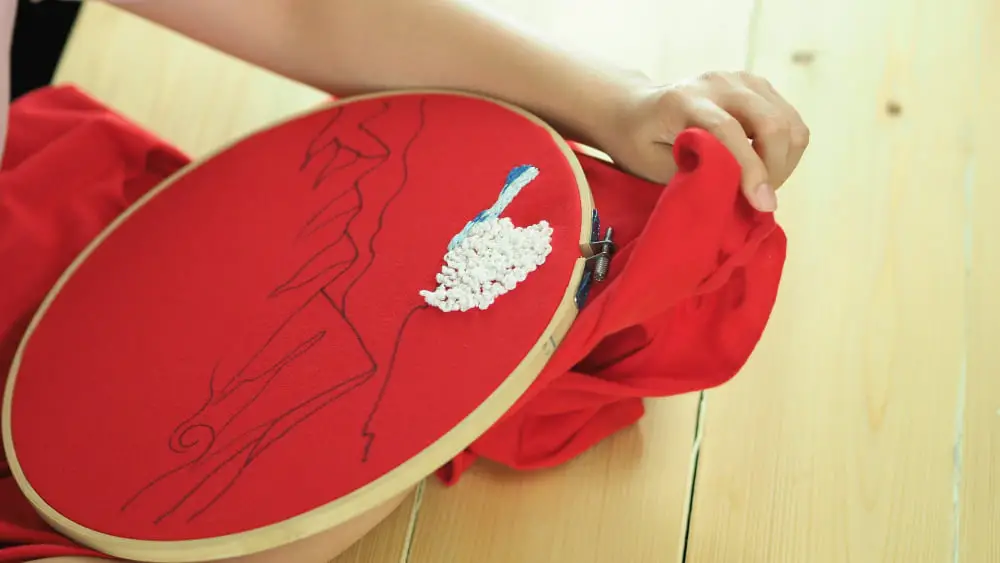
Begin by laying the sweater flat on a solid surface and marking out your design lightly with chalk. This visualization aids later steps and prevents errors.
Using a tapestry needle and your chosen yarn, start from the inside of the sweater to disguise the knot. Follow your chalk outline, making straight stitches (up & down through the fabric) or using the satin stitch for wider areas, which is a series of straight stitches made side by side to fill an area.
Keeping a consistent tension while stitching is crucial. Loose stitches may cause the design to sag, while overly tight stitches may cause puckering. Making a uniform stitch size will create a smoother, cleaner design.
If you need to switch colors or yarn skeins, ensure the transition happens at the back end of the sweater. This hides any knots or loose ends.
Remember, it’s perfectly normal to make mistakes, especially for beginners. Use a seam ripper or embroidery scissors to remove any misplaced stitches gently. It’s part of the learning process!
Lastly, take breaks to relax your hands, as the process can be a bit tiring, especially for those new to yarn embroidery.
Advanced Techniques and Patterns for Yarn Embroidery On Sweaters
Exploring different types of stitches can add depth and texture to your creations. For instance, filled stitches such as the satin stitch create a dense and flat appearance suitable for large design elements, while outline stitches, such as backstitch, can efficiently define the edges of your motifs.
Consider utilizing gradient colors or variegated yarns to achieve fascinating color shift effects on your embroidery. This technique adds dimension and interest to simple patterns.
Adding beads and sequins to your embroidery can enhance sophistication and attractiveness. To secure these accessories, pass yarn through them and tie carefully on the reverse side of the sweater.
Experimenting with 3D embroidery is another exceptional way to elevate your design. Techniques like the French knot create raised stitches that add a tactile element to the sweater surface.
Practicing these techniques will enable you to create a wide variety of designs, from abstract to realistic, with your yarn embroidery.
Common Mistakes to Avoid When Embroidering a Sweater With Yarn
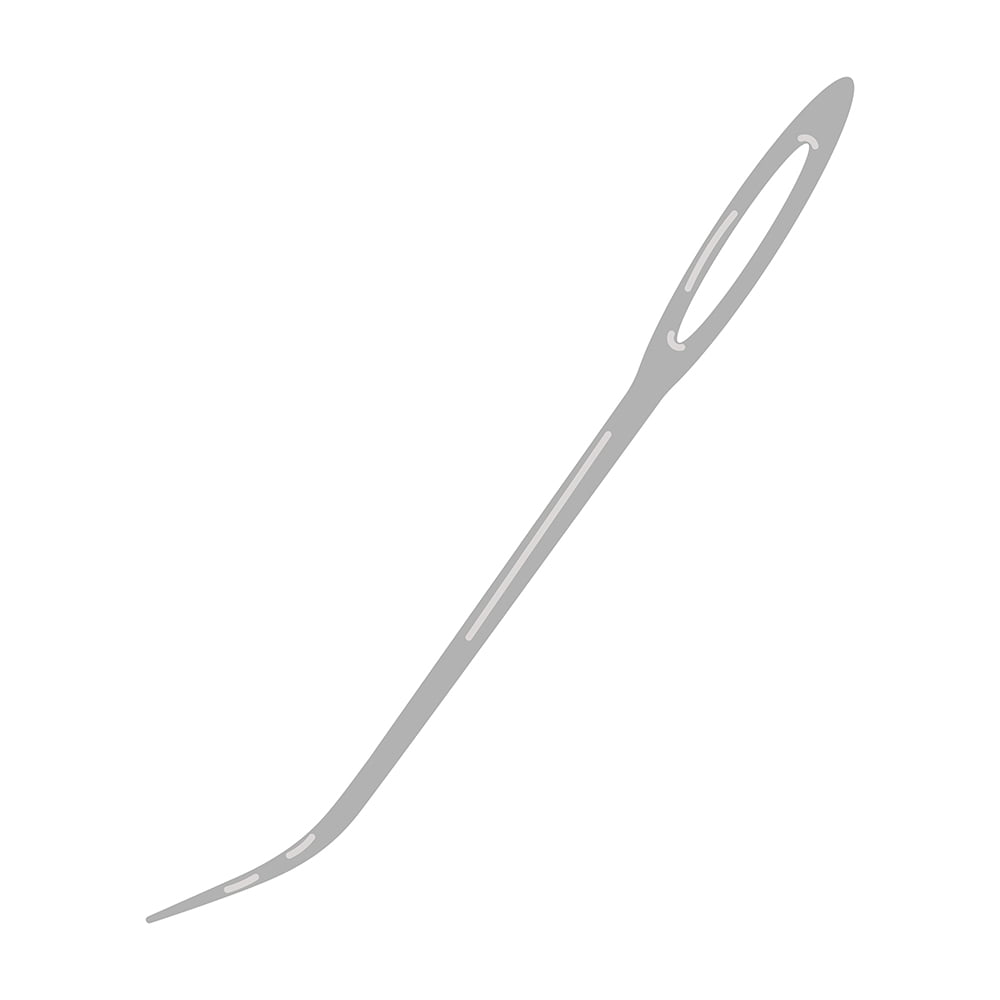
Venturing into the world of yarn embroidery on sweaters can sometimes lead to a few pitfalls. Here are some important points to consider to ensure your work turns out just as you envision.
1. Using the wrong size needle: A too-large embroidery needle could stretch out the knitting, while one too small might not allow the yarn to pass through the fabric easily. The general rule of thumb is to opt for a needle that is the same size or one size larger than the knitting needle used for the sweater.
2. Lack of stabilizer: Employ a washable or tear-away stabilizer. It provides extra support and prevents the sweater fabric from puckering as you embroider.
3. Overcrowded stitching: Keep in mind that the fabric needs to breathe. Avoid packing too many stitches in a small area, as it can cause the sweater to become rigid or misshapen.
4. Inconsistent tension: Apply even tension throughout your work. Uneven or overly tight tension can distort the fabric or resulting design.
5. Forgetting to use a hoop: An embroidery hoop helps maintain tension and the shape of the embroidery area. Skipping the hoop can lead to uneven stitches and distorted designs.
6. Neglecting the knot: Before starting, make sure to secure the tail of your yarn with a knot on the sweater’s wrong side to keep the embroidery from unraveling.
Remember, practice makes perfect, so don’t be disheartened by any hiccups along the way. Keep these considerations in mind, as they’ll guide you towards a stunning and durable result.
How to Troubleshoot Common Embroidery Issues On Sweaters With Yarn
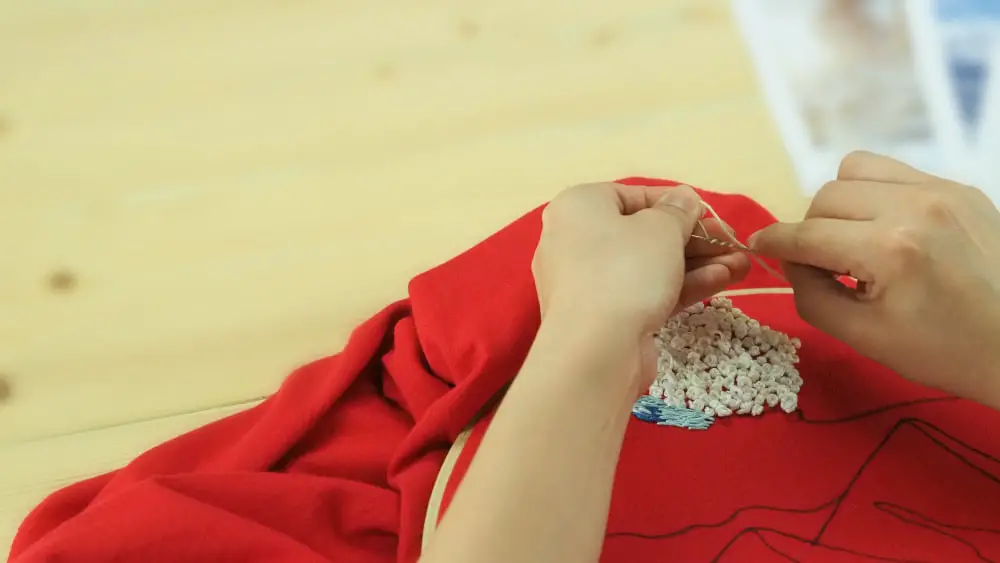
While embroidery provides an appealing artistic touch to sweaters, it can sometimes present challenges that may seem daunting. Here’s how to tackle a few of these issues.
1. Pulling Puckering: This occurs when the fabric gathers in response to overly tight stitching. To resolve this, ensure the yarn is not being pulled too tightly; allow a little laxity between stitches.
2. Unwanted Knots: Knots may sometimes form unexpectedly while embroidering. Using shorter lengths of yarn can help to prevent it. Also, pay diligent attention to the thread behavior while forming stitches.
3. Misplaced Stitches: If a stitch lands in the incorrect spot, carefully use the tip of your needle to remove it, then re-stitch correctly.
4. Color Bleeding: Yarn colors can potentially run when the sweater is washed. Prevent this by using colorfast yarn or prewashing and drying your yarn before use.
5. Inconsistent Stitch Sizes: Keep an eye on stitch length and width by perhaps marking out even intervals on the fabric. A little practice may be necessary to achieve consistency.
A mastery of this art form comes with time and practice, it all gets simpler with persistence.
Maintaining and Washing Your Embroidered Sweater
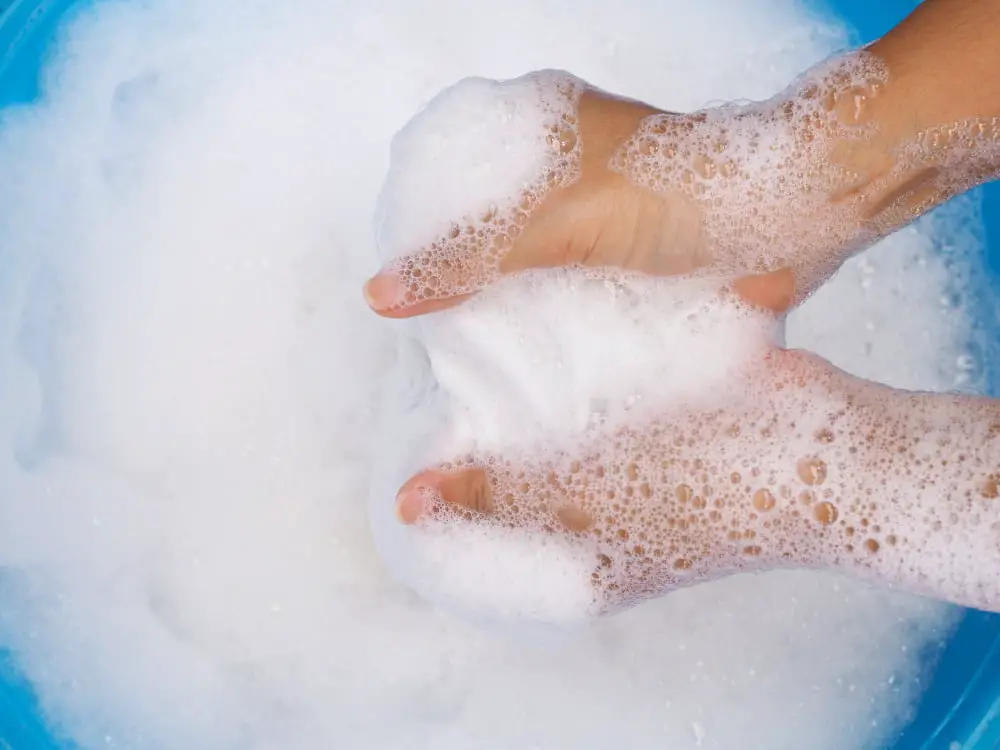
To prolong the life and preserve the beautiful patterns of your embroidered sweaters, it’s vital to follow a few maintenance and cleaning guidelines.
1. Hand Wash: Always opt for a gentle hand wash for your embroidered sweaters. Soak it in a basin with mild detergent making sure not to rub or squeeze the embroidered areas aggressively.
2. Dry Flat: After washing, lay your sweater flat on a clean, dry towel and roll it up to squeeze out extra water. Unroll and let the sweater air-dry flat to maintain its shape.
3. Use fabric softener: The use of a fabric softener helps keep the yarn supple, enhancing the longevity of the embroidery.
4. Avoid Ironing: Direct heat can cause yarn to lose its texture. If wrinkles are a worry, use a steamer instead, keeping it at a safe distance from the embroidery.
5. Regular Checkup: Check for loose threads or snags, and ensure to fix them promptly to avoid further damage to your design.
FAQ
Can you use regular yarn for embroidery?
Yes, regular yarn can be used for embroidery, typically through a method called couching where the yarn is tacked onto the fabric with a second thread.
What kind of yarn do you use for embroidery sweaters?
For embroidery on sweaters, it’s ideal to use worsted or bulky weight yarn that’s similar in weight to the project, made with the same fibers as the piece, and possibly matching for more subtle stitching.
What is the best technique for embroidering on knitted sweaters?
The best technique for embroidering on knitted sweaters is the duplicate stitch method, where the thread follows the path of existing stitches to create a design without distorting the fabric.
How do you secure loose ends when working with yarn on sweaters?
To secure loose ends when working with yarn on sweaters, weave the ends into your work with a yarn needle.
Are there certain types of stitches that are more suitable for yarn embroidery on sweaters?
Yes, for yarn embroidery on sweaters, stitches such as the satin stitch, running stitch, and cross stitch are often most suitable due to their visibility and durability.
